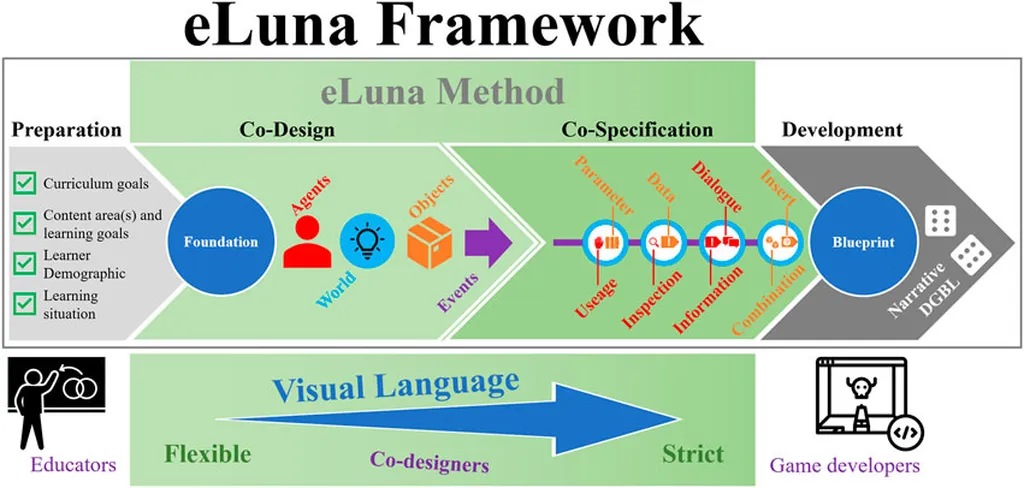In an era where public libraries are evolving from mere book repositories to vibrant cultural hubs, a comprehensive framework for evaluating their facility performance has been developed by researchers, potentially reshaping how these spaces are planned, designed, and operated. Led by Sung-Eun Yoo of Kunsan National University, the study published in the *Journal of Asian Architecture and Building Engineering* (translated as *Journal of Asian Architecture and Building Engineering*) employs a robust mixed-method approach to address a critical gap in the industry.
The research, which combines the Delphi method and the analytic hierarchy process (AHP), identifies key evaluation criteria that go beyond simple quantitative indicators. “We recognized the need for a holistic measurement tool that captures the multifaceted nature of modern public libraries,” Yoo explained. The study involved a two-round Delphi survey with 32 experts in architecture, interior design, and library facility management, refining preliminary indicators derived from an extensive literature review.
The resulting framework consists of four major evaluation areas: financial, service, physical environment, and community. These areas are further broken down into 16 subevaluation areas and 56 specific evaluation indicators. Notably, the AHP analysis revealed that the physical environment is the most critical major area, with a weight of 0.3989, followed by financial (0.2118), service (0.1997), and community (0.1896). Within the subevaluation areas, financial efficiency, community accessibility, and service satisfaction emerged as top priorities.
This evaluation framework offers practical guidance for library administrators, architects, and policymakers. It promotes a balanced perspective that integrates financial efficiency, user satisfaction, community connectivity, and physical environment quality. “This framework is not just about assessing performance; it’s about enhancing the overall experience and impact of public libraries,” Yoo added.
The implications of this research extend beyond the library sector. The methodology and criteria developed can be adapted to other public facilities, providing a blueprint for evaluating and improving their performance. As public libraries continue to transform into multifunctional cultural centers, this framework ensures that their evolution is guided by systematic, evidence-based criteria.
The study’s findings are particularly relevant in the context of urban development and community planning. By prioritizing physical environment and community accessibility, the framework underscores the importance of creating inclusive, user-friendly spaces that foster social interaction and cultural engagement. This approach can inform future developments in the field, ensuring that public facilities are designed with a holistic understanding of their impact on users and communities.
In conclusion, the research by Sung-Eun Yoo and her team represents a significant advancement in the evaluation of public library facilities. By providing a comprehensive, evidence-based framework, it offers valuable insights and practical tools for stakeholders involved in planning, designing, operating, and evaluating these vital community resources. As the role of public libraries continues to evolve, this framework will be instrumental in guiding their development into the future.

